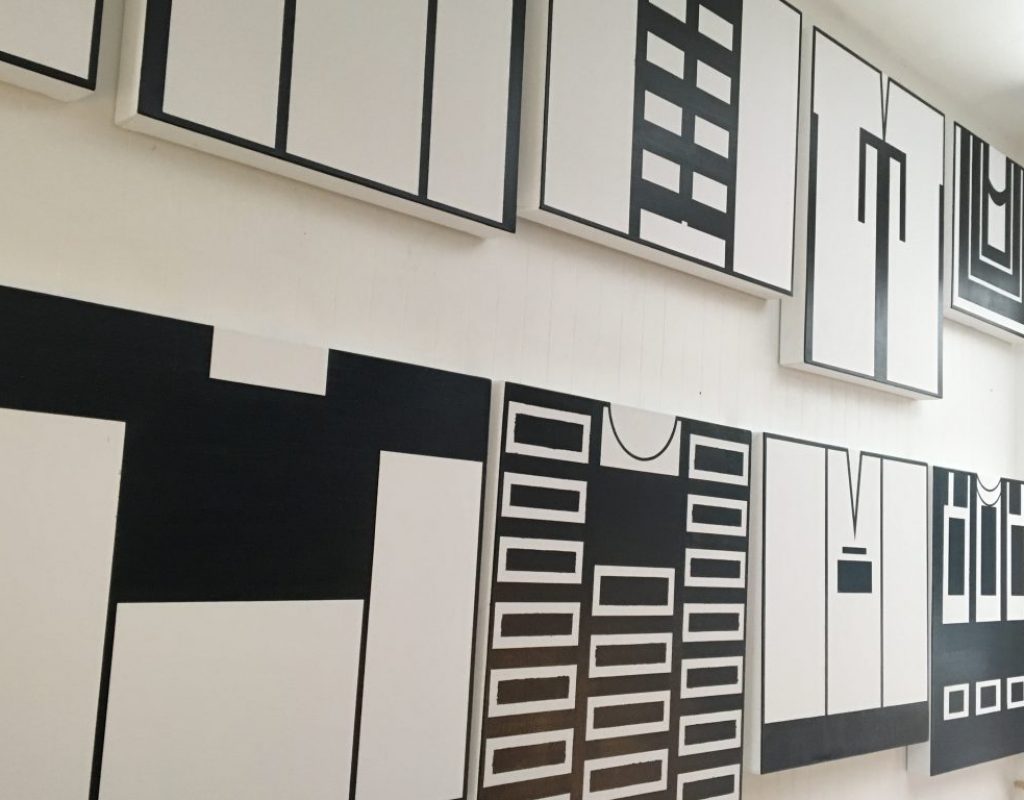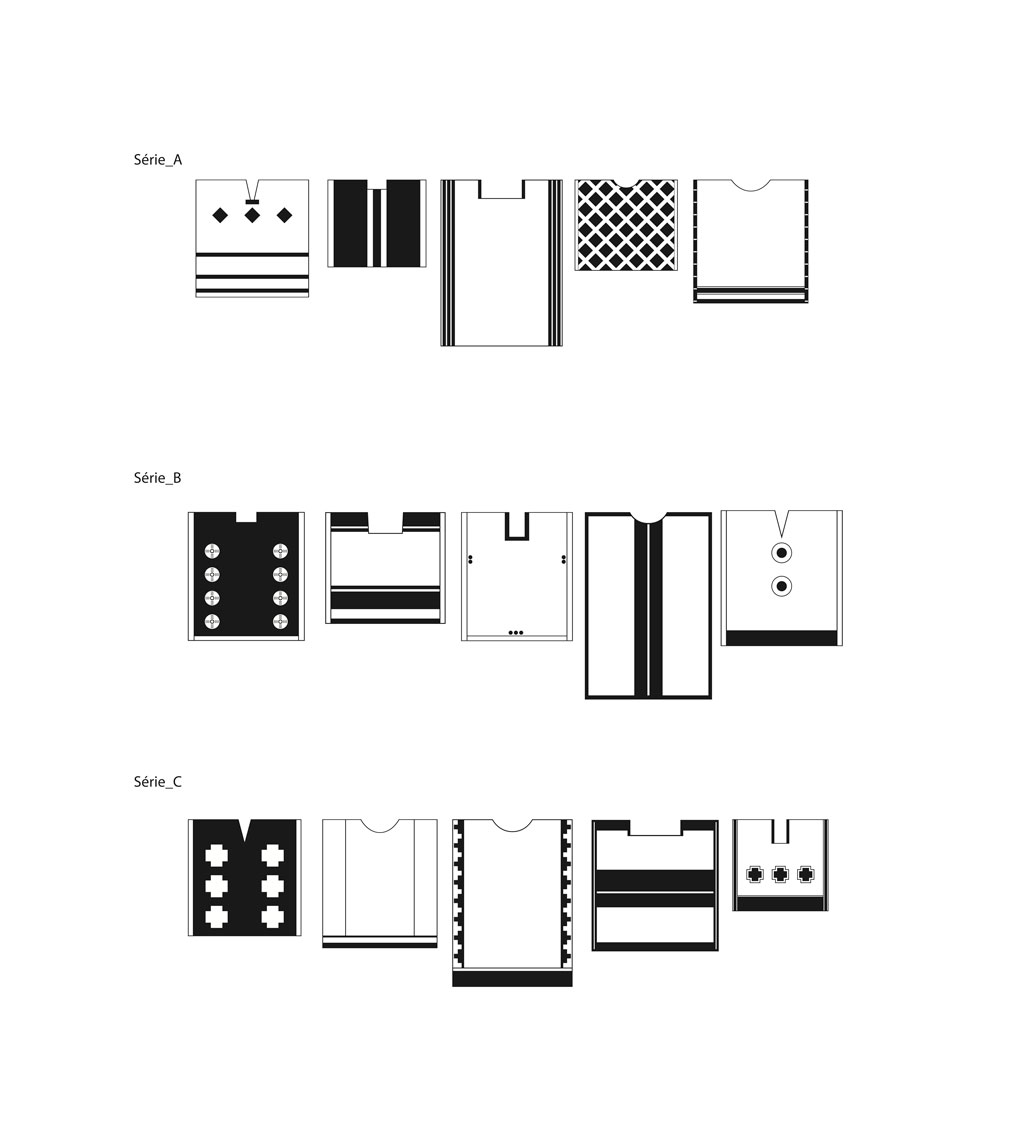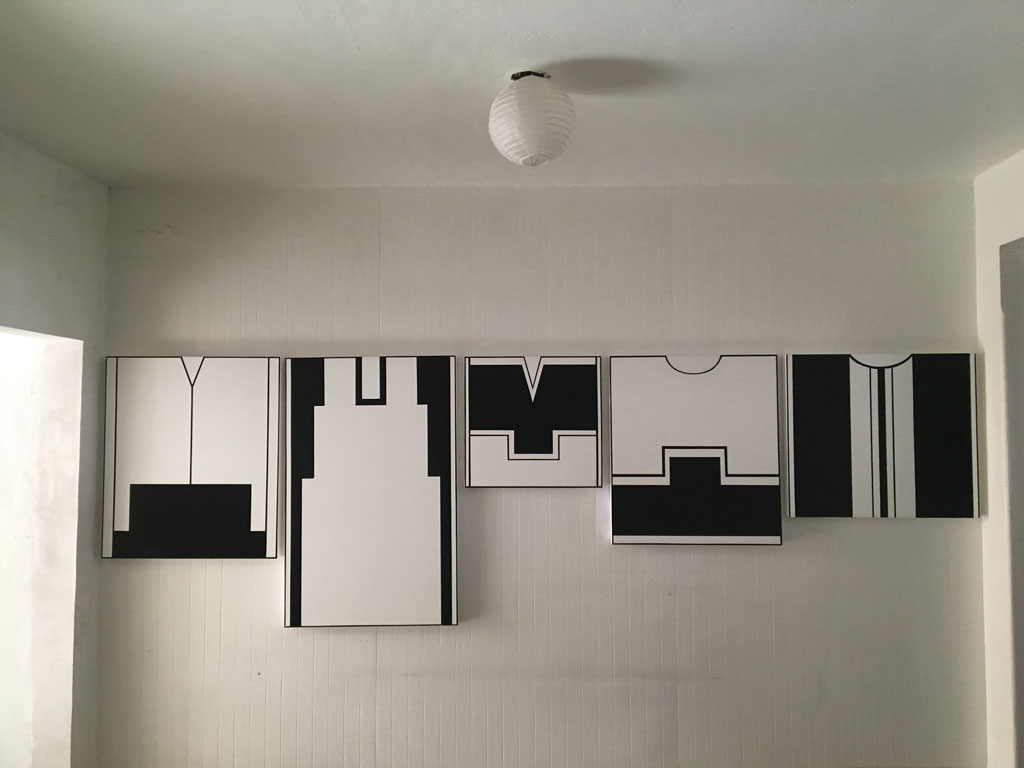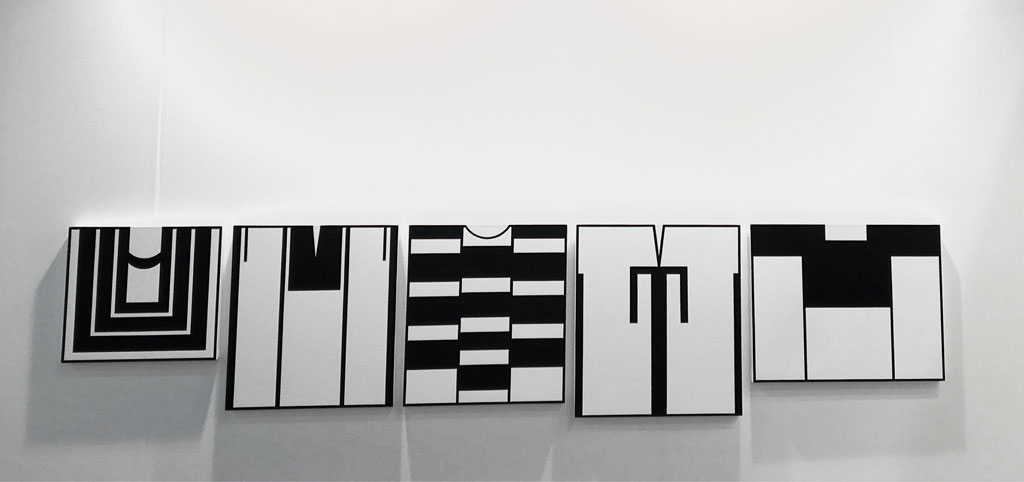
Huipiles
DETALLES DEL PROYECTO
Huipiles (2017-2018) is a series of paintings based on traditional designs of this type of clothing, made with natural pigment extracted from charcoal and burnt copal smoke. The use of these techniques is the continuation of a series of works that investigate and use natural pigments.
Huipiles also has a vertebral connection with my interest in language and its codes, and of course with a critical historical investigation.
The huipiles are painted on canvas as a canceled story, and as reminders that evoke the body.
In these series, Candiani explores the geometry of textile design, making an abstraction of the body by using canvases of the same size as the garments. The canvas reconfigures, preserves and celebrates the memory of a culture.
One of the mechanisms used during the evangelization and conquest campaigns was the prohibition of the traditions of the indigenous settlers that expressed their cultural identity. Pre-colonial clothing served to express the ethnic identity and condition (status) of the individual. The colonial powers tried to homogenize these differences through the imposition of a generic indigenous identity. In clothing, which was loaded with symbolism, the new authorities sometimes banished visible elements for which they prohibited the use of certain garments, a transformation of the symbols was forced that were assimilating elements of the imposed religion, or merging with other forms.
The use of the old suits under the imposed garments became a form of resistance, in and from the body.
The huipil is a canvas with an unwritten history, a cloth where memory is reconfigured and preserved.
This series of paintings together with “Russian Uniforms” and “Demonstrators and Workers” (both in Products), are the starting point for a body of work that begins with “Reverence”, and follows a line of research and production that consists of the reinterpretation of traditional dances and rituals from cinematographic and pictorial languages, contemplating the use of geometry and kineticism as a starting point for bodily actions, as well as the incorporation of various semantic fields of the theatrical script and their sound potentialities.
Loading...






DETALLES DEL PROYECTO
DETALLES DEL PROYECTO
DETALLES DEL PROYECTO
DETALLES DEL PROYECTO
DETALLES DEL PROYECTO
DETALLES DEL PROYECTO